An activity diagram is similar to a business workflow diagram (or BPMN) or a simple flowchart, with richer semantics. It
Continue reading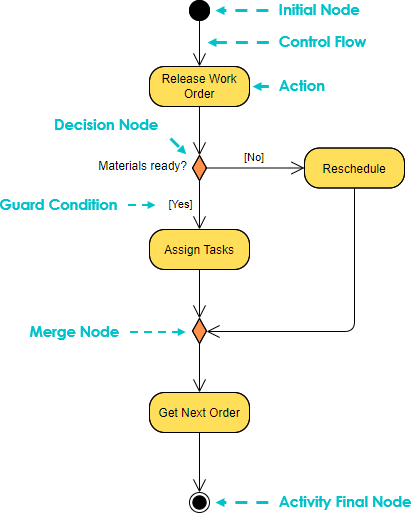
Learning one new thing everyday


An activity diagram is similar to a business workflow diagram (or BPMN) or a simple flowchart, with richer semantics. It
Continue reading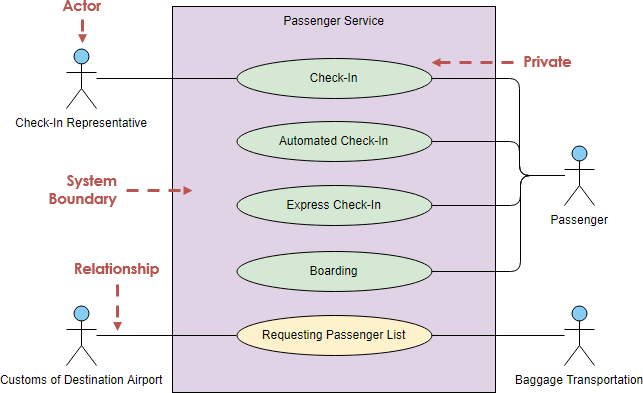
What is a Use Case? Whenever we discuss the requirements of a system, we recognize that one or more people
Continue reading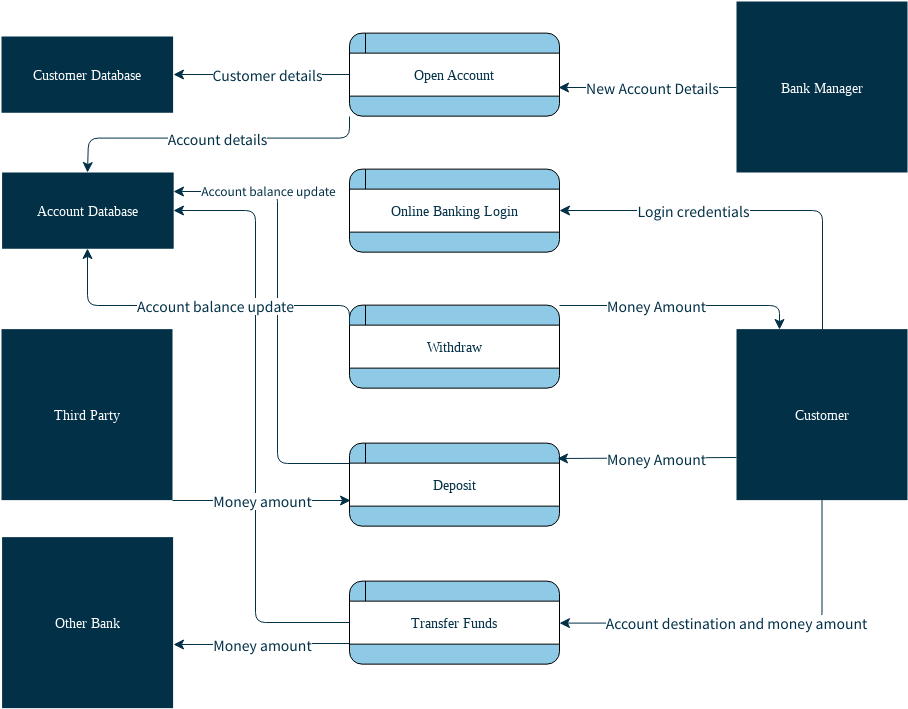
What is a Data Flow Diagram? A data flow diagram is a graphical representation of the flow of data in
Continue reading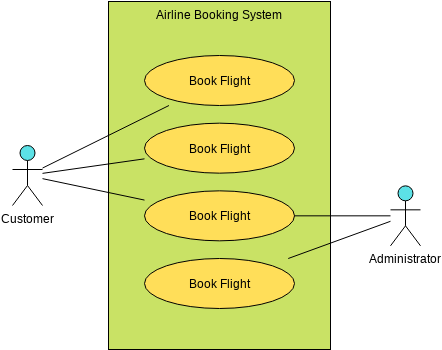
Use case modeling is a useful tool for capturing requirements. It provides a graphical representation of the requirements of a
Continue reading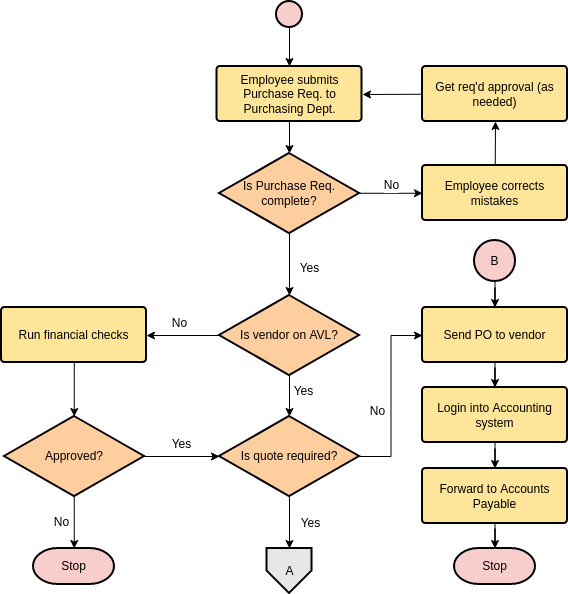
A flowchart is a tool that allows you to break any process down into individual activities and shows the logical
Continue reading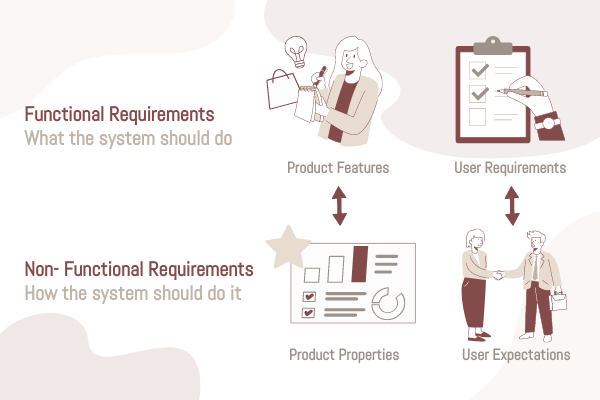
The first step in defining a new product, service, process, or system is to define requirements, i.e., specific functional or
Continue reading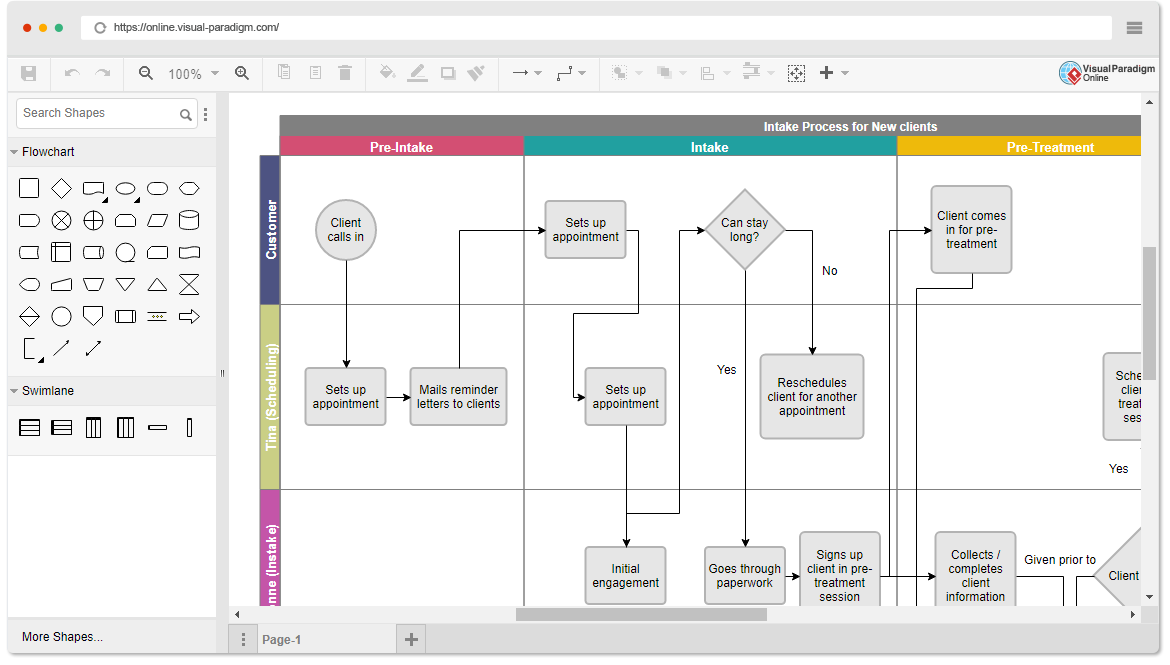
Cross-functional Flowcharts (or known as swimlane diagram, Swimlane flowchart, cross-functional process diagram) bring clarity to processes by defining who does what. Each swim lane is representative of a person, team, or stakeholder, making it evident who is responsible for which stage in the process to help avoid confusion.
Continue reading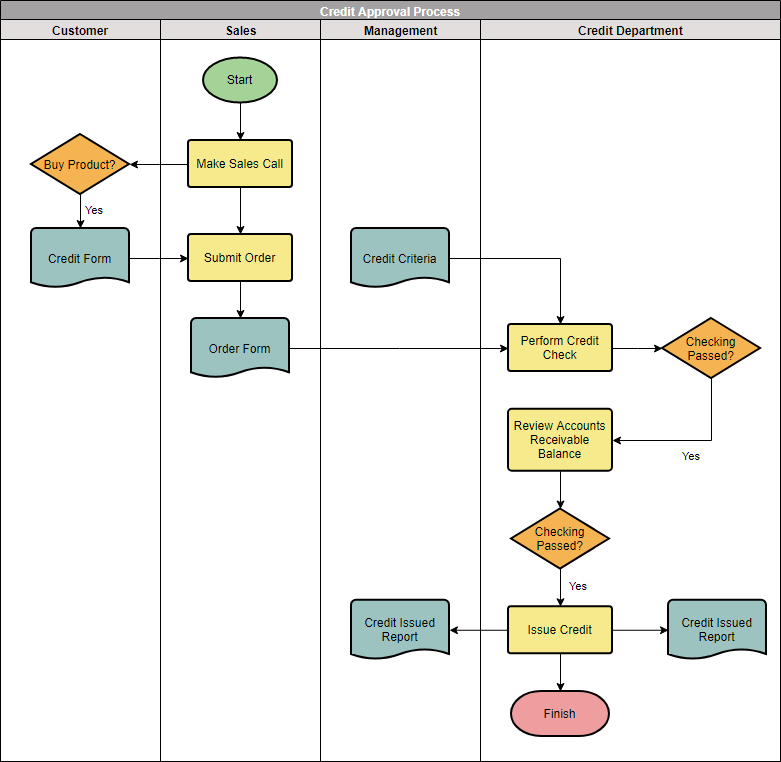
While the basic flowchart clearly illustrates the entire process, it does not clearly show which role is responsible for each step of the process. In order to effectively represent who is responsible for each process, it can be realized by swimlane flowchart, which not only reflects the whole activity control flow, but also clearly knows the responsibility that each role takes in the process.
Continue reading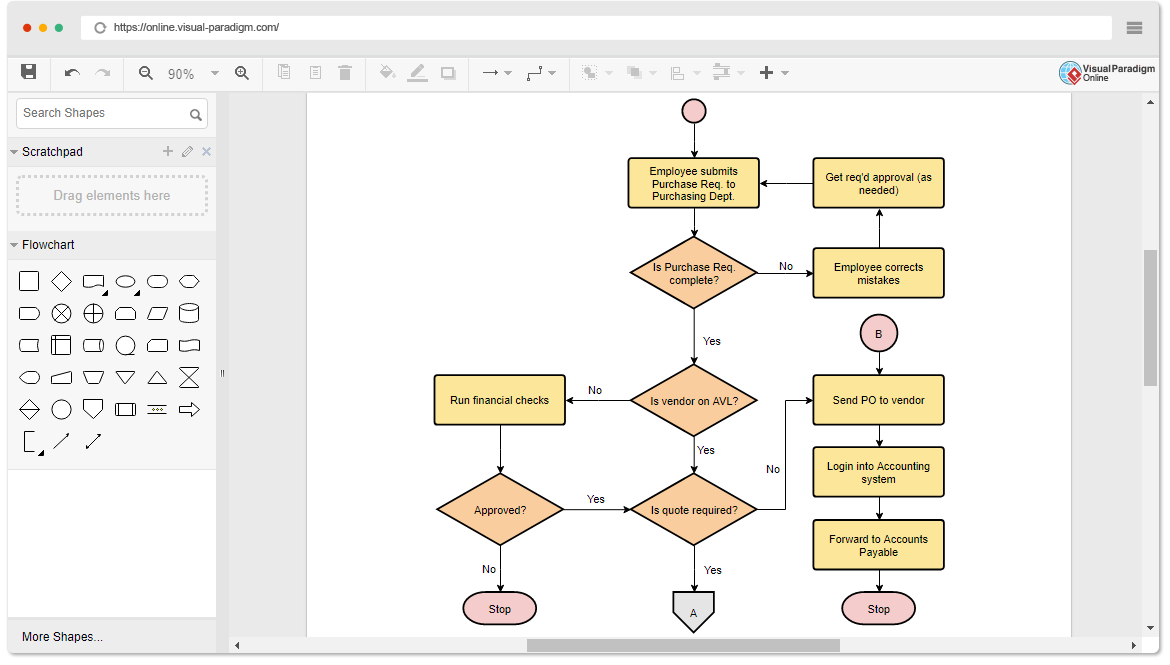
A flowchart is a graphical representation of the operations involved in a data processing system. operations in the system. Often, the best way to understand a problem is to draw a diagram. Diagrams usually give us a more complete picture of a situation than a short set of words or phrases. However, the combination of visual symbols )(shapes) and text provides a very powerful tool for communication and problem solving. Algorithms can be developed more quickly when a flowchart is created to represent them. Flowcharts are much easier to understand than algorithms.
Continue reading
UML use case diagrams are the primary form of system/software requirements for new software programs under development. The purpose of a use case diagram is to visualize what the system should do (what); at this stage, it does not consider how (how) to do it.
Continue reading